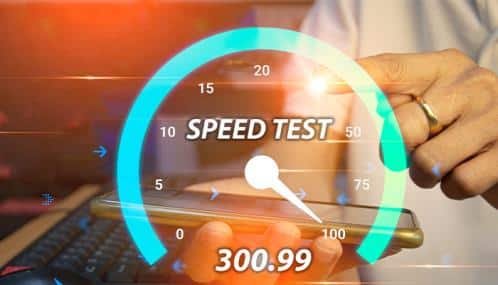To reduce an Android app’s startup time, it is important to minimize the work done during app initialization. Loading large amounts of data or performing complex operations in the main thread can slow down startup. Avoid blocking the main thread by moving initialization tasks to background threads. Also, consider using lazy loading for resources or features that are not needed immediately.
Optimizing layout hierarchies and avoiding unnecessary UI components during startup can further speed up the process. Lastly, reduce the size of your app and eliminate unnecessary libraries or dependencies to ensure faster loading times.
What are the best practices for optimizing memory usage in Android apps?
Optimizing memory usage is essential for better app performance. Here are a few practices:
- Use memory-efficient data structures: Choose the right data structures (e.g., using SparseArray instead of HashMap) to reduce memory overhead.
- Avoid memory leaks: Be cautious when retaining long-lived references to context or activities that can cause memory leaks.
- Recycle bitmaps: Use inSampleSize to downsample bitmaps and ensure efficient image loading.
- Use weak references: Use weak or soft references where applicable to prevent memory leaks and allow garbage collection.
- Release resources when done: Release resources like connections, caches, and heavy objects when they are no longer needed.
How can I reduce battery consumption in my Android application?
To reduce battery consumption in Android apps, it’s essential to minimize background tasks and optimize power-heavy processes. Reducing frequent network requests, batching tasks together, and using efficient data transfer methods like compressing data can help conserve battery life.
Use Android’s JobScheduler or WorkManager for handling background work at appropriate intervals. Limiting GPS and location updates, optimizing wake locks, and properly handling the device’s sleep states can further reduce energy usage. By focusing on optimizing these elements, developers can ensure their app consumes less power, leading to better user satisfaction.
What are the common causes of slow UI performance in Android apps, and how can I fix them?
Slow UI performance in Android apps is often due to several factors, including heavy layouts, frequent overdraw, and long operations on the main thread. Complex layout hierarchies take longer to inflate and render, leading to a sluggish UI. Avoid deep hierarchies by flattening layouts and using tools like ConstraintLayout.
Overdraw occurs when the same pixels are drawn multiple times; using tools like the Overdraw Debug in Android Studio can help identify and eliminate it. Performing heavy tasks, such as network operations or file I/O, on the main thread can block the UI and cause noticeable lag.
Offload these tasks to background threads using AsyncTask, Handler, or RxJava. Finally, ensure smooth animations by limiting UI updates to 16ms per frame to maintain a 60fps experience. Properly handling these issues can lead to faster, more responsive UIs.
FAQ’S
How do I optimize network requests in my Android app for better performance?
To optimize network requests, minimize unnecessary requests, cache data locally, and use efficient data formats like JSON. Implement request batching and reduce image size to improve speed.
What tools can I use to monitor and improve the performance of my Android app?
Tools like Android Profiler, Logcat, and Lint can monitor performance. These tools analyze memory, CPU usage, and UI responsiveness, helping developers spot inefficiencies and optimize the app.
How can I reduce the size of my Android app (APK) without losing functionality?
Reduce APK size by compressing assets, removing unused resources, and optimizing code. ProGuard helps by shrinking, obfuscating, and optimizing the app code.
What techniques can help optimize database queries in Android apps?
Optimize database queries by using indexes, limiting the number of columns retrieved, and executing complex queries in the background to avoid UI blocking.






